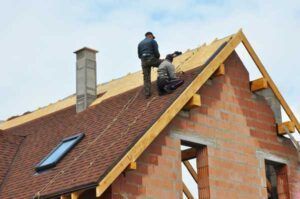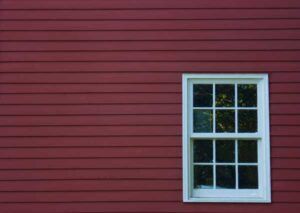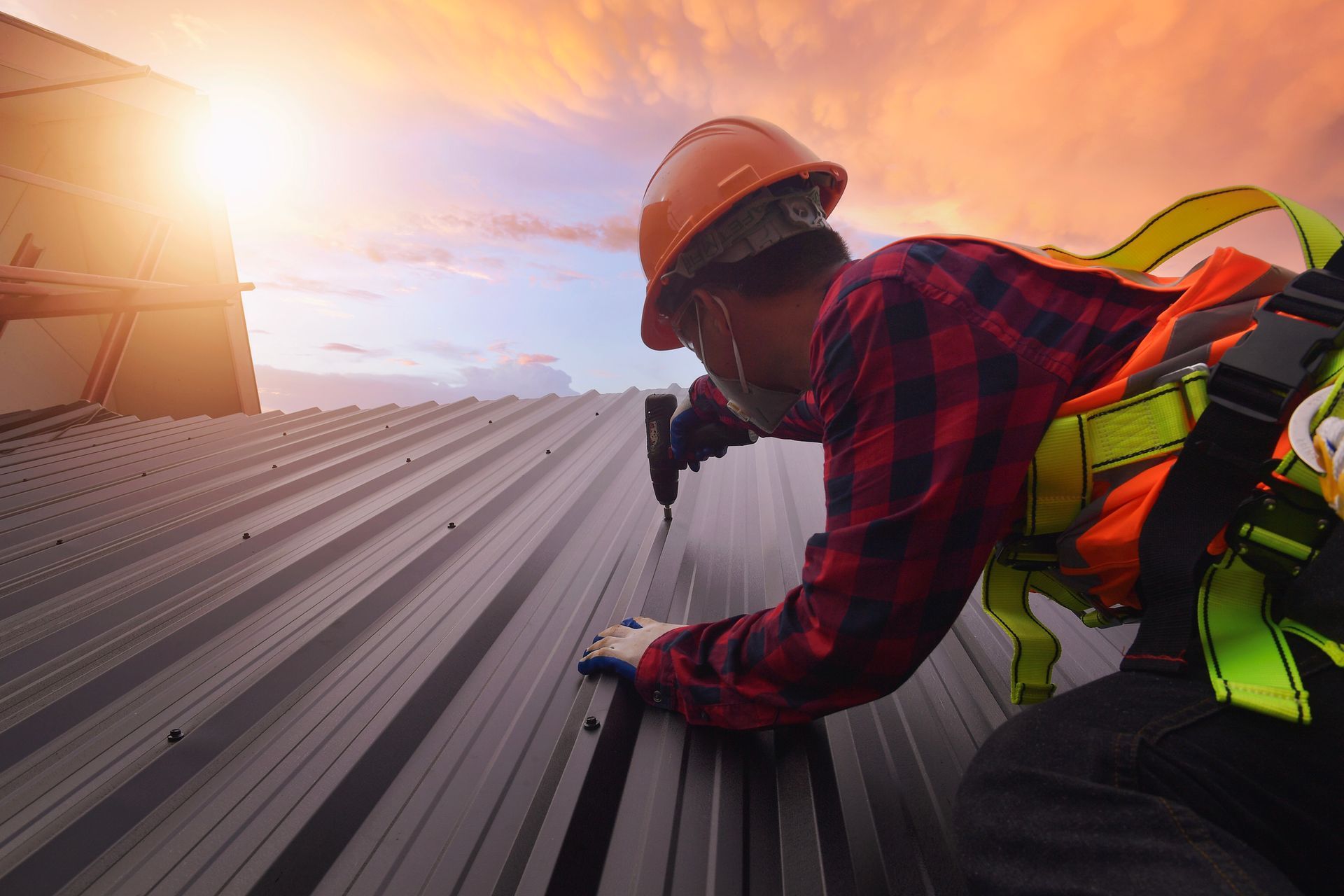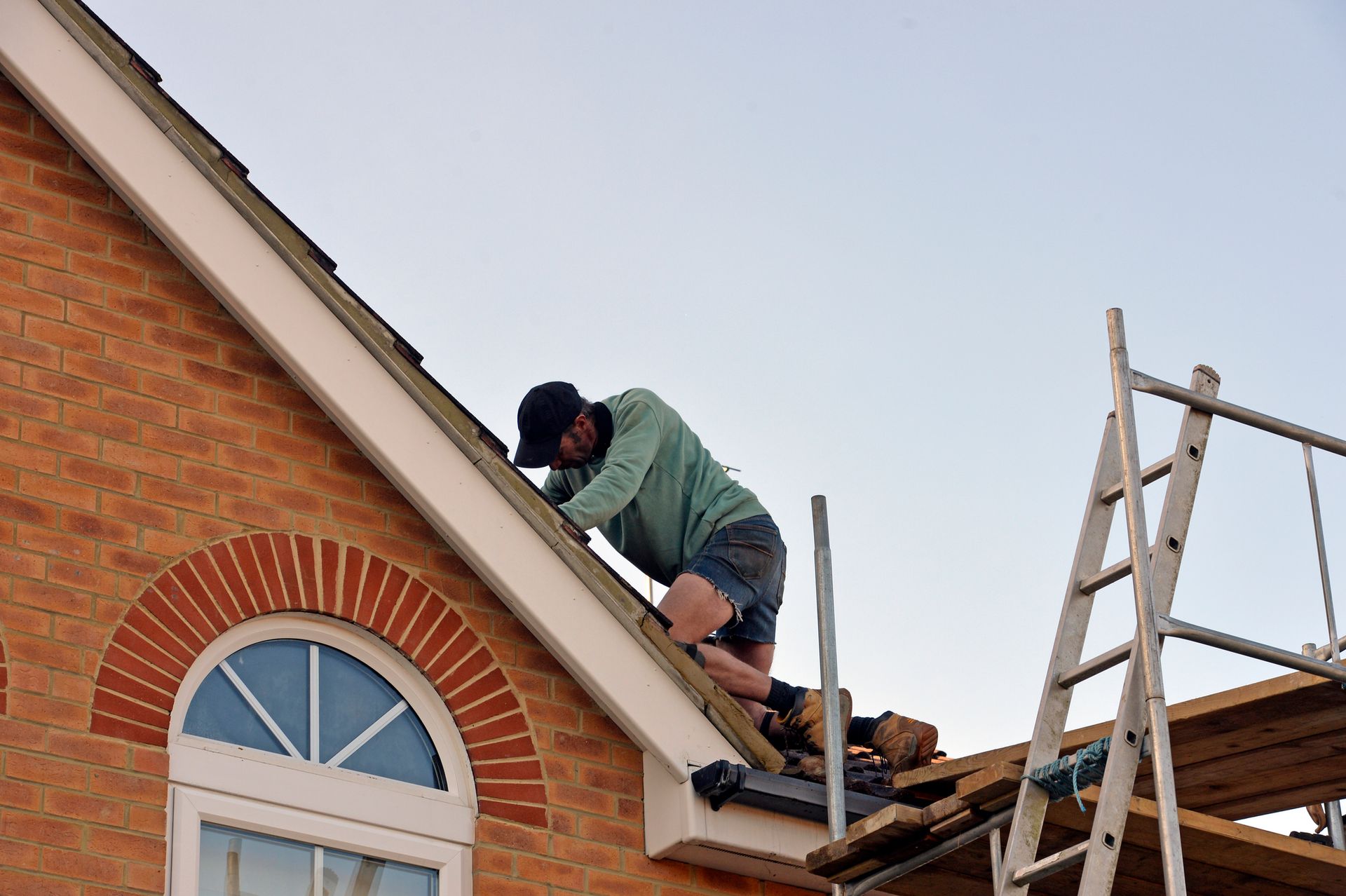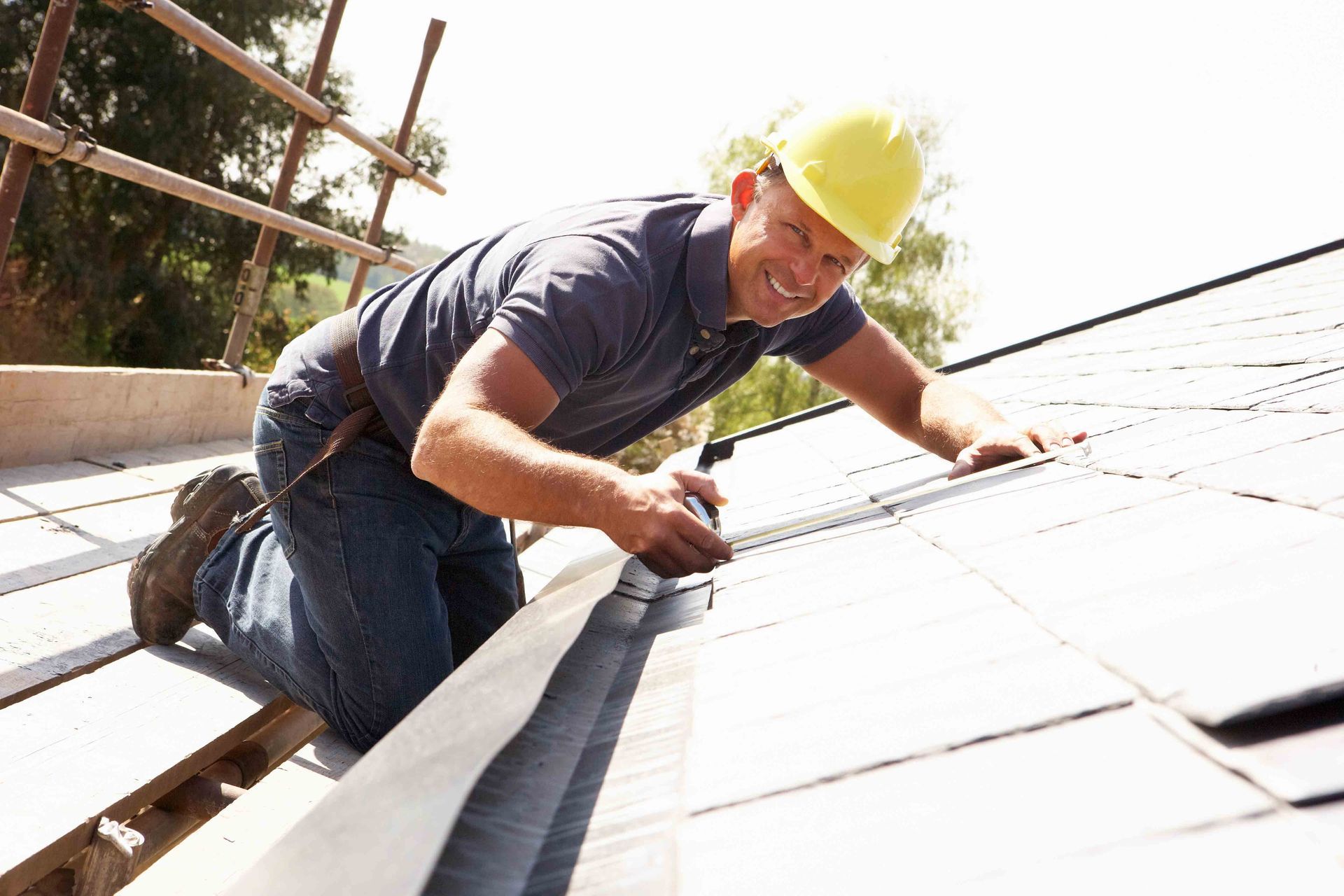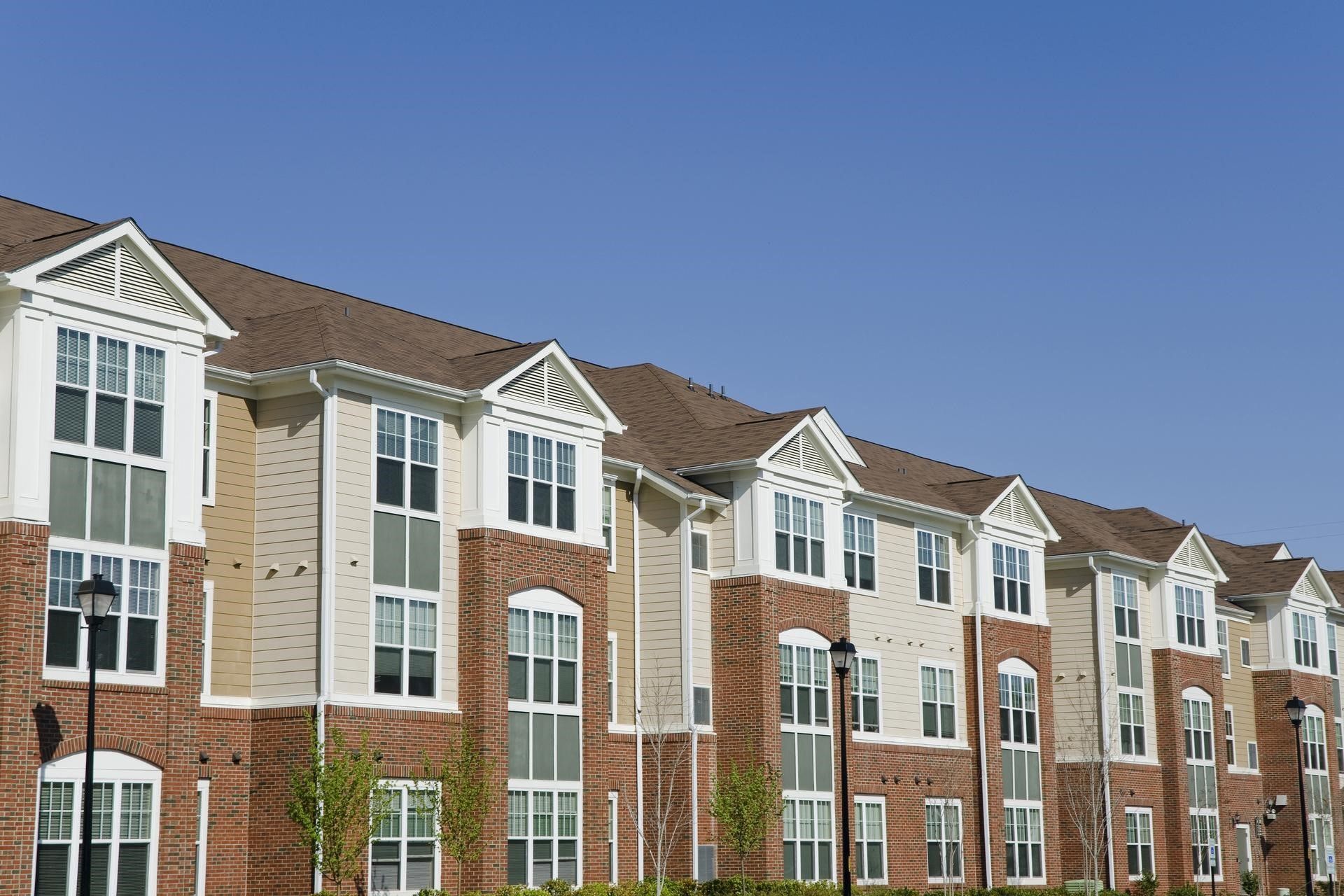3 Reasons Your Wood Siding Exhibits Water Damage
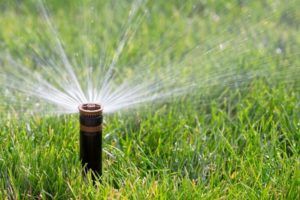 Solid wood is a beautiful option for your home’s siding. This sustainable material is environmentally friendly, with low global warming potential during manufacture, transport, and end-of-life.
Solid wood is a beautiful option for your home’s siding. This sustainable material is environmentally friendly, with low global warming potential during manufacture, transport, and end-of-life.
However, wood products like building siding are susceptible to water damage and rot if the presence of water is sustained and prolonged without intervention. Wonder why your own siding might show unmistakable signs of water damage? Here are three reasons.
- No Roof Overhang or Gutters
Rain is a major cause of water damage to wooden siding, especially if runoff is unable to leave a roof properly. Normally a roof should overhang a certain distance beyond the exterior of a home to prevent rain from streaming down the walls. Some homes may lack a deep enough overhang to fully do the job correctly.
An older home with inadequate or no roof overhang can still safely divert rainwater away from the exterior of a home via a system of gutters and downspouts. Gutters catch rain and prevent it from dripping or gushing down the outside walls. Check existing gutters for leaks or missing sections that allow rain to make contact with wood siding.
- Poor Land Grade and Ground Type
You may have adequate roof overhang and gutters but still experience water damage to wood siding due to poor land grade and ground type. The lay of the land and type of ground around your home can mean the difference between wet walls and dry walls.
Ground should slope away from a structure to help water drain away from the foundation and walls. Land that grades toward your home means rainwater comes into contact with unprotected wood siding. Water collects at the base of your home to soak wood siding and creep upward via a capillary effect. The result is portions of siding with extreme water damage.
A home can still get wet during storms despite neatly graded ground. Falling rain can splash up and onto bottom portions of wood siding when it hits certain types of ground. Grassy ground absorbs rain better than concrete or rocky terrain, which encourages drops to bounce up and onto adjacent walls often with great force.
You might have to rethink your ground type around your home and how siding may be at risk. For example, consider additional roof overhang above patios and driveways. Concrete patios are more prone to splashes than flower beds with soft mulch. Or convert rocky areas into something more absorbent, like grass.
- Splash From Irrigation Sprinklers
Wood siding is at risk for water damage even during the driest summer or fall on record for your area. Rain is not always the reason siding cracks, warps, or crumbles. Water from nearby irrigation sprinklers is often the source of destructive water, especially if your landscaping suffers from a drier-than-normal summer. Weather like this prompts homeowners to water their grass even more.
Whether your sprinklers are in-ground or at the end of your garden hose, it’s time to intervene and stop this habit before damage to wood siding worsens or spreads. Check the spray pattern of each head and aim water away from your home. Even sprinklers set well away from siding can wet those planks if the force of the water is too great. Replace broken heads that spurt water onto your siding.
Keep in mind that the wood siding on shady portions of your home is more likely to show signs of water damage. Be more mindful of north-facing walls as well as areas with heavy tree cover that creates deep shade.
Wood siding with water damage is frustrating but preventable. If you think it’s time for new gutters or a wood siding replacement on your home, call the professionals at D.S. Bahr Construction, Inc., for advice.
The post 3 Reasons Your Wood Siding Exhibits Water Damage appeared first on D.S. Bahr Constraction, Inc.

